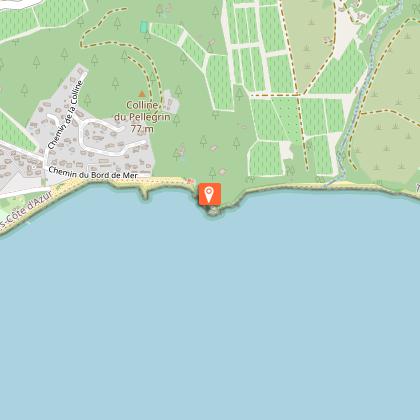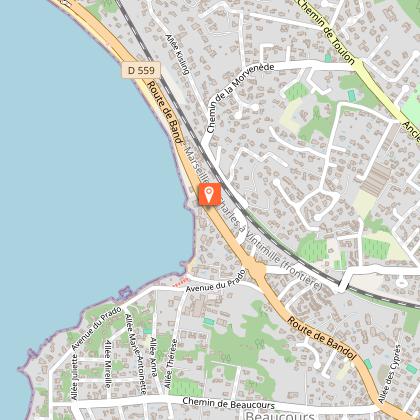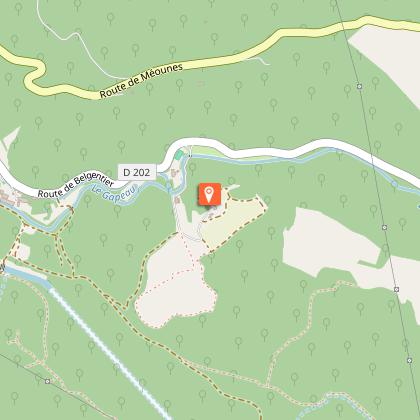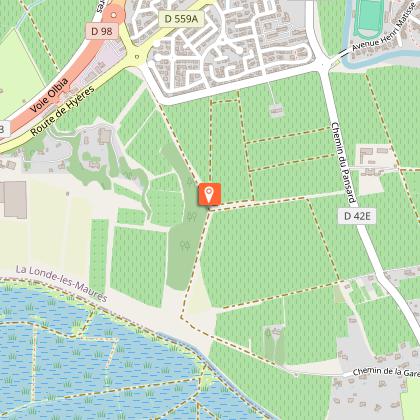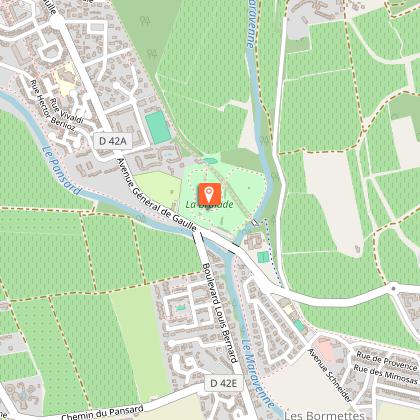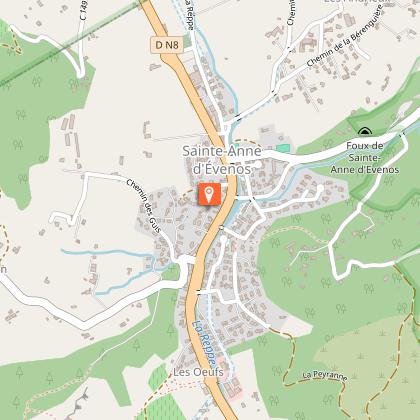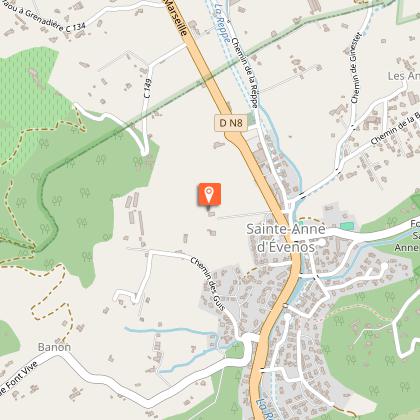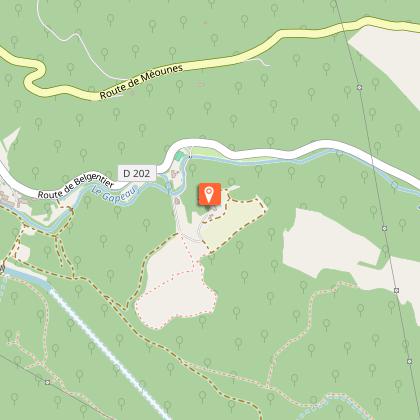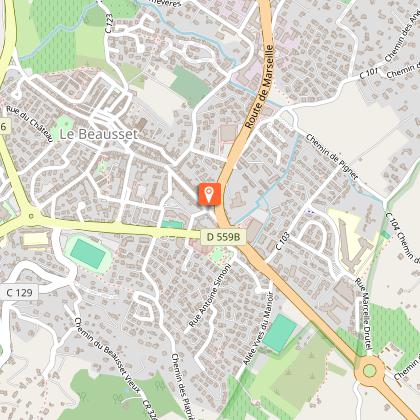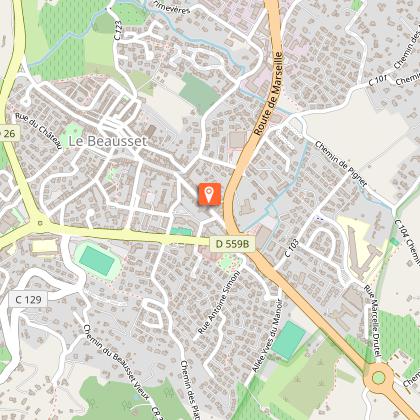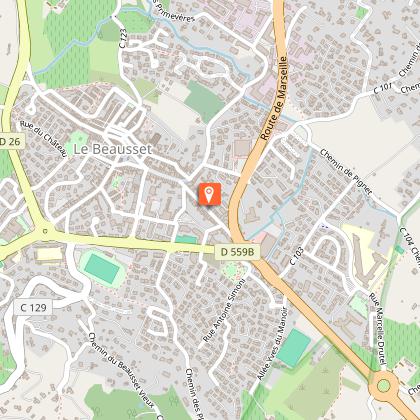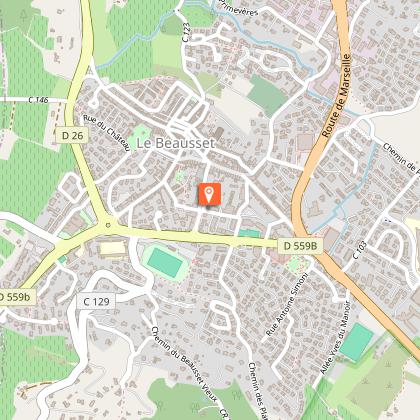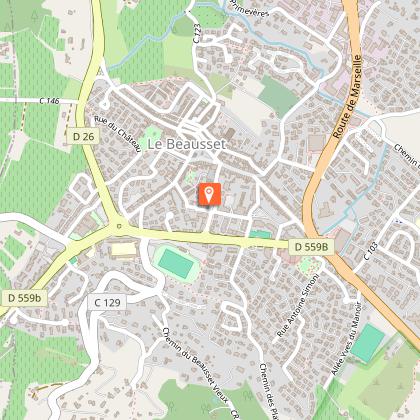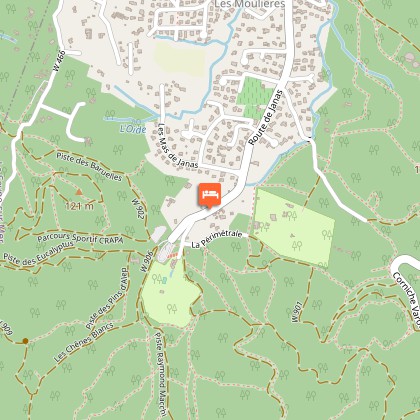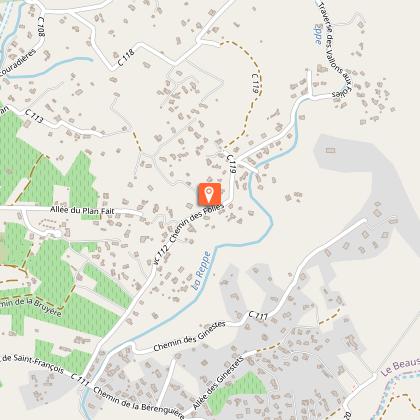Tours
Activities
Places of interest
Where to eat
Where to sleep
Adventures Around GPT University Campers in Hyères
Are you the owner?Welcome to Hyères, located in the Var region of Provence-Alpes-Côte d'Azur, a destination brimming with discoveries and adventures for all campers and nature enthusiasts. Just a few steps from GPT University Campers, you'll find the pristine beaches of the Giens Peninsula, ideal for a sunny day of relaxation or engaging in water sports. Hyères, the capital of the green Provence, is also home to th...See more
Walking around GPT CAMPEURS UNIVERSITAIRES
See more suggestionsDiscover the trails of GPT CAMPEURS UNIVERSITAIRES.
See more suggestionsWhat to do in GPT CAMPEURS UNIVERSITAIRES
See more suggestionsPlan your leisure time in GPT CAMPEURS UNIVERSITAIRES by booking activities that suit your preferences.
See more suggestionsIGN cards
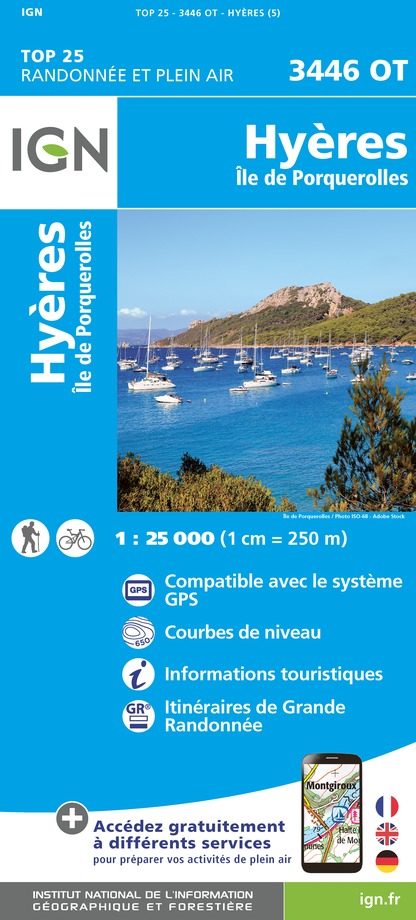
3446OT - HYERES ILE DE PORQUEROLLES
Editor : IGN
Collection : TOP 25 ET SÉRIE BLEUE
Scale : 1:25 000
13.90€

TOP75035 - PROVENCE SAINTE VICTOIRE ST BAUME CALANQUES
Editor : IGN
Collection : TOP 75
Scale : 1:75 000
9.80€
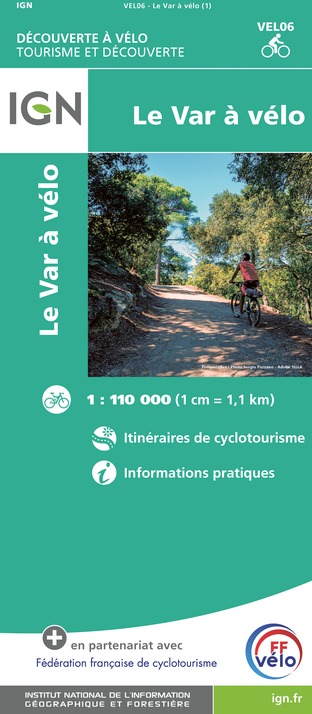
VEL06 - LE VAR A VELO
Editor : IGN
Collection : DECOUVERTE A VELO
Scale : 1:110 000
9.10€

TOP100D83 - VAR TOULON FRÉJUS MASSIFS DES MAURES ET DE L'ESTEREL PARC NATUREL RÉGIONAL DU VERDON
Editor : IGN
Collection : TOP 100
Scale : 1:100 000
8.40€

D83 VAR
Editor : IGN
Collection : CARTES DÉPARTEMENTALES IGN
Scale : 1:150 000
5.90€

D06 ALPES-MARITIMES
Editor : IGN
Collection : CARTES DÉPARTEMENTALES IGN
Scale : 1:150 000
5.90€

NR16 PROVENCE-ALPES-CÔTE D'AZUR
Editor : IGN
Collection : CARTES RÉGIONALES IGN
Scale : 1:250 000
6.80€

EUROPE
Editor : IGN
Collection : DÉCOUVERTE DES PAYS DU MONDE IGN
Scale : 1:2 500 000
7.00€
What to visit in GPT CAMPEURS UNIVERSITAIRES
See more suggestionsShop in the boutiques of GPT CAMPEURS UNIVERSITAIRES.
See more suggestionsWhere to eat in GPT CAMPEURS UNIVERSITAIRES
See more suggestionsThe restaurants of GPT CAMPEURS UNIVERSITAIRES await you.
See more suggestionsWhere to sleep in GPT CAMPEURS UNIVERSITAIRES
See more suggestionsExplore hostels and hotels in GPT CAMPEURS UNIVERSITAIRES.
See more suggestions









